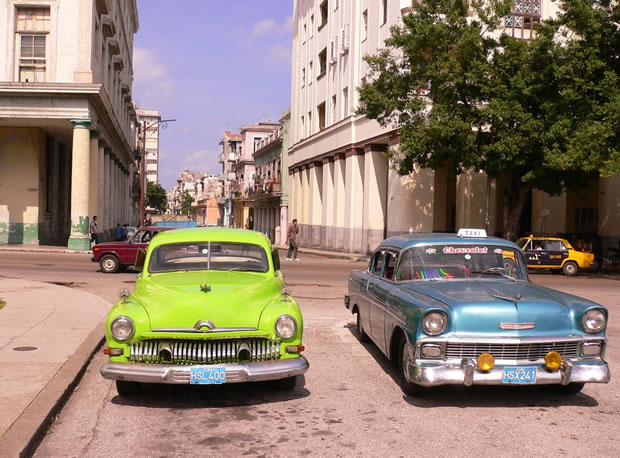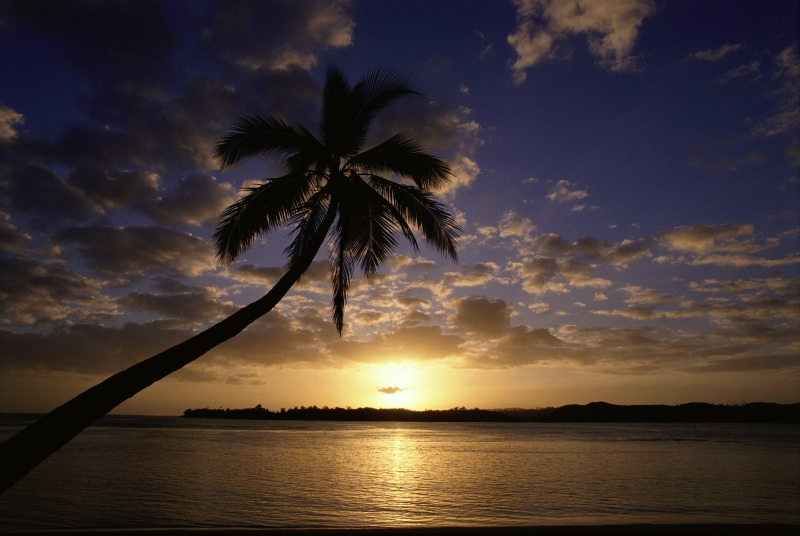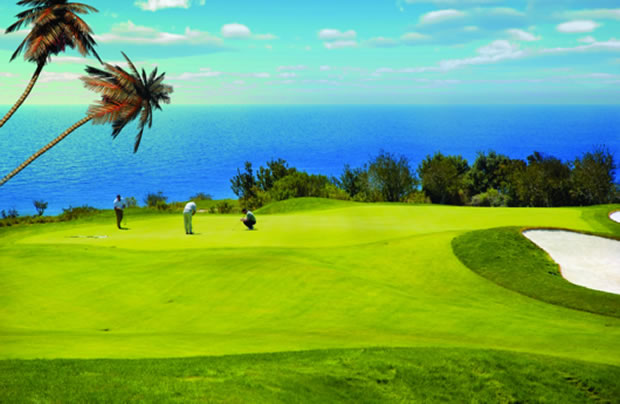Investment and Luxury Properties in Cuba
Investment and luxury real estate in Cuba, with listings for sale or rent, listed by owner or real estate agent, find or list your property in Cuba, The Caribbean.
List your property for sale in Cuba, The Caribbean. List your property here.
SEARCH RESULTS -
To Filter Results Use Our Advanced Search Here or Go Back
| No Properties Currently Found Under Your Search Term - List Your Cuba Property Here » |
|
If you can see this webpage, so can buyers. See YOUR property or properties listed on a leading listings portal here in minutes. Reach high-net-worth buyers and real estate investors across the world - nationally, regionally and internationally!
|
Search IPD for property information on your area of interest: |
|
|
Property For Sale in Havana, Cuba
Property For Sale in Boyeros, Cuba Property For Sale in Camaguey, Cuba Property For Sale in Cerro, Cuba Property For Sale in Cienfuegos, Cuba |



|
The capital city of Cuba, Havana, is the largest in Cuba. It is a main port and commercial centre, and one of the largest cities in the Caribbean.
The culture of Cuba has been influenced by its close proximity to the United States, Spanish Colonialism, the introduction of African Slaves, and the aboriginal Taíno and Ciboney peoples.
Cuba is the principal island of an archipelago of islands and is surrounded by four main groupings. The island groupings are called the Colorados , the Sabana-Camagüey, the Jardines de la Reina and the Canarreos.
The island of Cuba itself boasts a geography of mainly flat to rolling plains. There is a range of steep mountains of to the South Eastern end. This is called the Sierra Maestra. The climate is tropical - during the period from November to April the seasons tend to be drier whereas from May to October rain is more abundant.
The Republic of Cuba is a socialist Republic and is led by the President of Cuba, a position currently held by Raúl Castro. There is no limit to the number of terms of office for a President and each term lasts for five years.
The National Assembly of People's Power (Asamblea Nacional de Poder Popular) holds the country's legislative power. The Assembly is comprised of 609 members who all serve five year terms and are voted in by the public. The Assembly only meets twice a year and so power is held by the 31 members of the Council of Ministers between meetings.
|
||
|
|
|
|
|

